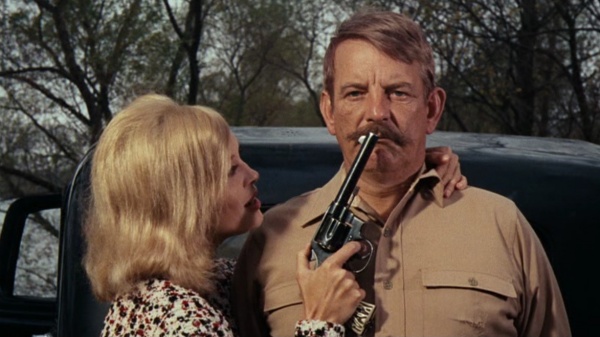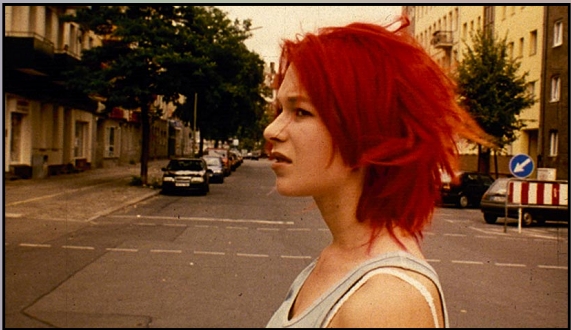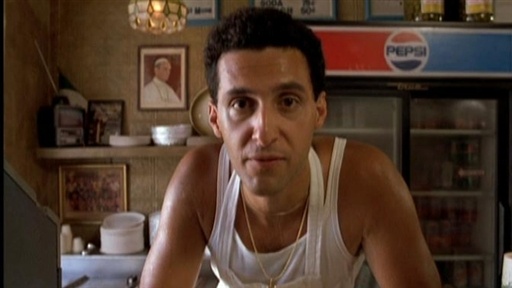
Since the majority of this movie is based upon the view of the story through cuts and shots, cuts and editing are very crucial to portray the events properly. As Lola runs through her situation, it is clear that her actions impact others. So, the shots of both Lola and supporting actors are used in a way to emphasize the plot. For example, Lola receives the phone call from Manni which sets off the snowball effect. Here, as she gets ready, there are quick flashes between the shot of her face and her realization about her situation. Earlier in the day, the moped was stolen which sparked the succession of events. Here, the changes of shots between Lola talking on the telephone narrating and the black and white shot of the earlier events. It is perfectly planned that the moped theft events were in black and white because it was easy to identify the picture as in the past. When I think of black and white, I think of older times when color was not available. Often, it is used as a reference to the past or dreams, etc. It works here because it shows the difference between the black and white (also, reference to silent pictures) to the color and voices of Manni/Lola’s conversation. So, the use of black and white makes the story easily identifiable to the past.
Continuing with this opening phone conversation, the use of shock cuts and shot/reverse shots are used frequently throughout this film. For one, it is used during the phone conversation. Manni explains how he took the subway and how he left the bag with the money on it. They repeat “the bag” in a repetitive beat about ten times. The stability of it reminds me of a heart beat. Plus, the emphasis on the techno music is used as well. The loud bass beat increases as Manni and Lola say “the bag.” These in combination show the continuity of the editing style. Not only do the actions match (physically saying “the bag” ten times), but also the music (European bass blaring techno music) and the events that are happening (heart racing stress) run parallel to the experience of the film.
Another example of this heart racing experience of the film would be after Lola and Manni get off the phone. It was expected of her to think of a plan quick on her feet. Just like normal situations, the heavy burden of the stress eats her up. Lola, trapped against a wall, attempts to think of a plan. Here, the imposed shots of Lola looking at a clock and attempting to rapidly think of a plan. Again, the shock cuts are used and it expresses a jolting image. As she grabs her hair (almost pulls it out), she starts thinking of people who would give her the money. It is easy to see this because pictures of people are imposed in between shots of her, like she is thinking about them. As these shock flashes are used it is clear that they give a jarring effect. The quick and rapid succession between her face shot (circling around her) and the whispering narration make it clear that her heart is racing, she is stressed, and it adds to the direness of the situation. Obviously, the editing here is used to present the whole package. If one or a couple of these elements were not present, it would not send such a strong message as it does. Again, without this editing, the continuity would not have made as much of an impact as it does.
















